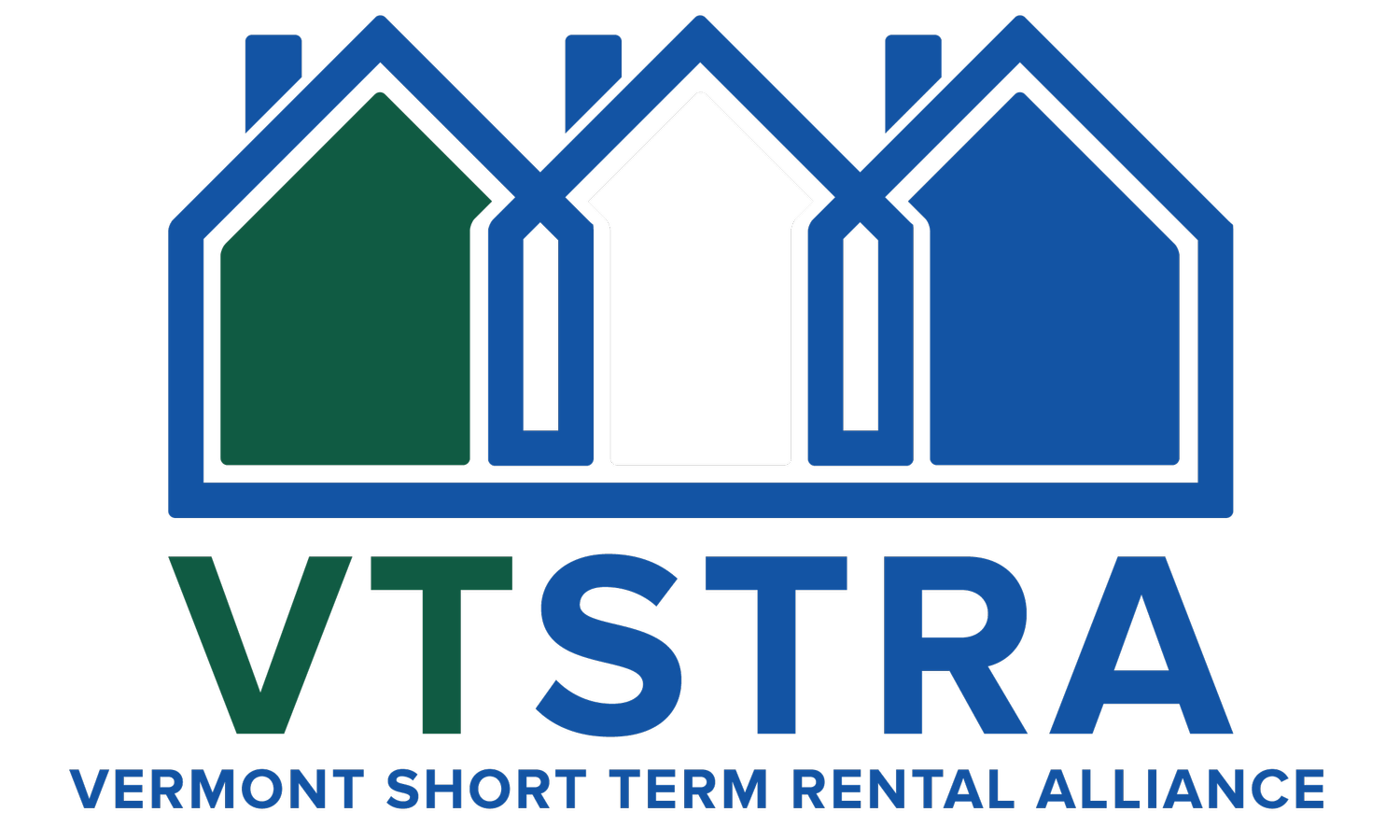The Drivers of Housing Affordability: An Assessment of the Role of Short-Term Rentals
Report Summary
In 2019, VRBO commissioned Oxford Economics to carry out a study to: (1) learn the key drivers of increasing house prices and rents and ; (2) analyze the role played by short-term rentals (STRs) with regard to housing affordability.
IMPACT OF STRS ON HOUSING AVAILABILITY AND AFFORDABILITY
(quoted from full report)
“The root causes of the housing crisis can be traced back to changes that significantly pre-date the growth of the short-term rental (STR) market. The rising unaffordability of housing is a long-term trend reflecting four decades during which rental and house prices have grown consistently faster than incomes.”
“The aim of this study was to assess the contribution of STR growth on the growth in house price, rental price, and affordability. We have found that the rapid US house price and rent increases of the past few years have not been substantially driven by STRs. We estimate the growth in STR density only contributed to 0.2 percentage point of the 4.3% increase in rents and 1.0 percentage point of the 14.9% increase in house prices over our study period. This compares to a 3.9 percentage points impact of median incomes to rental growth and a 6.8 percentage points effect on house price growth stemming from the drop in US unemployment over the study period.”
“This has important implications for a policy debate that has focused heavily on short-term rentals as both the cause of the problem of high house prices and its solution. It suggests instead that the major sources of volatility in rental and house prices lie in economic and labor market outcomes.
Second, this study has found that additional housing supply and more abundant building permits are likely to have a meaningful impact on house prices. It is estimated that in the long run, a 10% increase in the housing units to-household ratio is associated with approximately an 18.9% fall in the house price index, and a one-unit increase in the number of building permits per household is associated with a 6.9% fall in the house price index.
Finally, our analysis has pointed to the fact that adopting strict regulations on STRs is unlikely to solve the housing affordability crisis faced by many US households. During the period 2014–18, in the absence of STR growth, real rent would have grown by 4.1%, rather than 4.3%. In other words, monthly rents would have been $2 lower in 2018 if STRs had not increased from their 2014 levels.
Similarly, in the homeowners’ market, prices would have been only $1,800 lower in 2018 if STR density had not gone up from its 2014 level. Considering that most households do not pay the full price of a house upfront, but rather apply for long-term mortgages, the expected annual impact attributable to the STR sector is $105.
Interestingly, a model extension suggests that the effect of STRs on both house prices and rents is weaker in vacation destinations (emphasis added). Possible explanations for this are that, in vacation markets, homes are less likely to be rented on a long-term basis and homeowners in these destinations have been renting out their properties long before the advent of internet platforms offering STRs. On the other hand, the effect of STRs on both variables does not appear to depend on the level of urbanization.”
RESEARCH METHODS
Oxford “constructed a comprehensive dataset of all US counties over the period 2014–2018. The dataset included over 70 variables, ranging from average household income to the number of residential building permits in each county.” They then “used this database to build two econometric models, one aimed at determining the drivers of rents, and the second focusing on house prices.”



